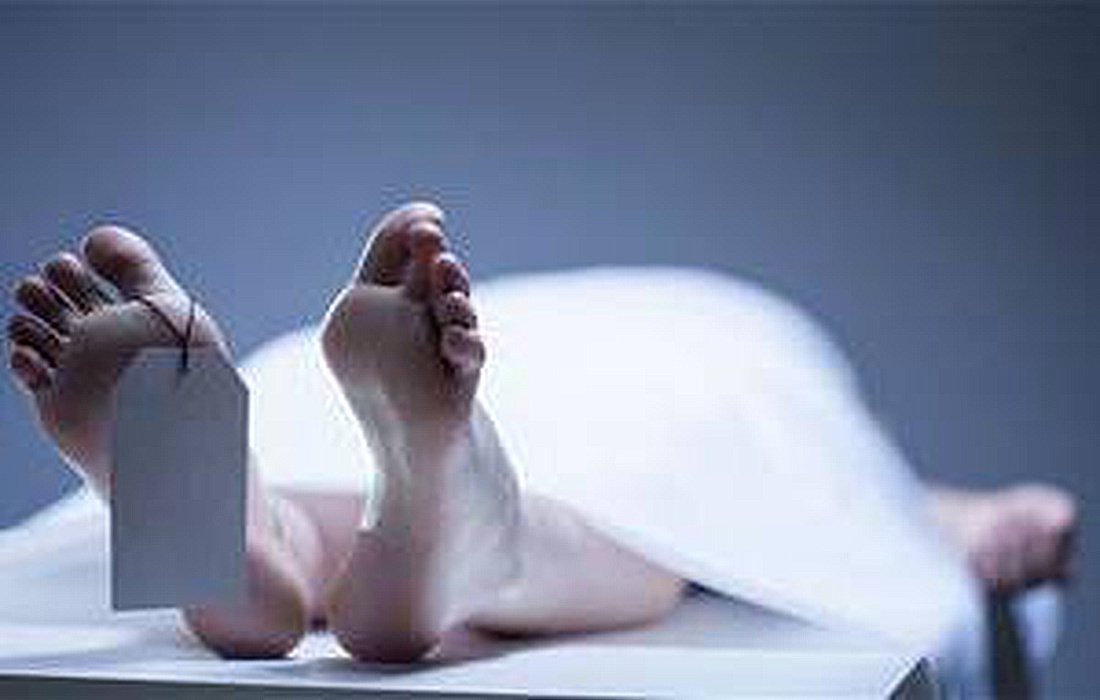After DeathWhat Happens to the Body After Burial?
It’s difficult to generalize how people react to the topic of death since each individual is unique, but generally, the thought of our own mortality makes us uncomfortable.
However, often whatcauses this anxietyis the contemplation of the dying process and the fear of a long or painful death, rather than the state of being dead. Despite living a lifetime in one body and doing our best to care for it, some of us wonder what happens to our physical remains after we die.
In this section on healthSelMagzwill look from another perspective at the events that occur after death and discuss the changes that happen in the body after death and burial. Following this, we will outline the timeline of the involved processes, assuming the body remains intact.
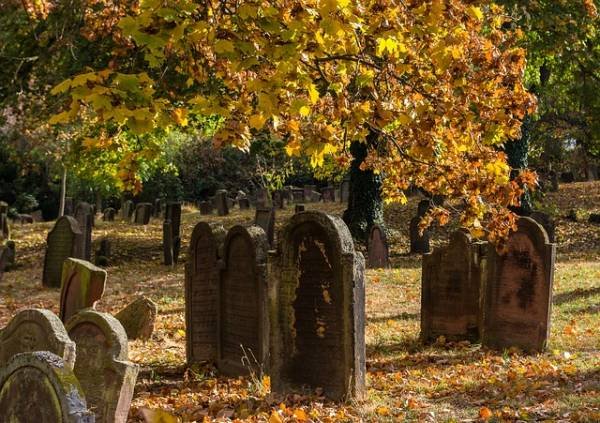
How Does the Body Decompose After Death?
How Does Death Occur and What Happens After?
At the Moment of Death:
We often think of the moment of death as the time whenthe heart stops beatingand breathing ceases. However, we are learning that death is not an instant event. It is now believed that our brains continue to function for about 10 minutes after death, which means the brain may be aware of our passing in some way.
Nonetheless, this research is only preliminary. In a hospital setting, there are several criteria for defining death. These include the absence of a heartbeat, lack of breathing, no reaction, and unresponsive pupils to light.
In emergencies, nurses look for five signs of irreversible death to determine when someone is not coming back to life. Brain death is diagnosed when there are no brain reactions, the inability to breathe without a ventilator, and no nerve responses, which are used for legal declarations of death, such as before organ donation.
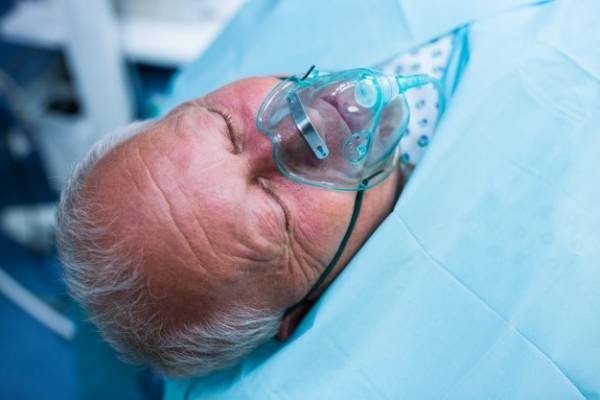
All About Death and Body Decomposition After Death
After death, the timeline of physical processes is as follows:
1 Hour After Death:
At the moment of death, all muscles relax, a phenomenon known as primary flaccidity. As the eyelids lose tension, the pupils dilate, the jaw may drop, and joints and limbs become flexible.
As muscles lose tone, skin will sag, highlighting joints and bones like the jaw or hip. The human heart has beat over 2.5 billion times during an average lifespan, pumping around 5.6 liters (6 quarts) of blood through the circulatory system.
Within a few minutes afterthe heart stops beatinga process called pallor mortis causes a grayish tone to appear on the skin as blood drains from smaller vessels. Simultaneously, the body cools from its normal temperature of 37 degrees Celsius (98.6 degrees Fahrenheit) to match the surrounding environment.
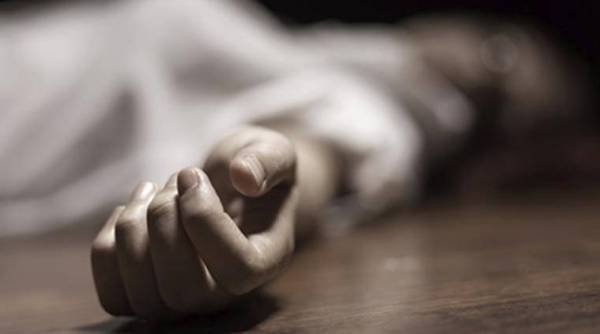
What Happens to the Body After Death?
How the Body Decomposes After Death
This drop in body temperature occurs exponentially:
Two degrees Celsius in the first hour; after that, one degree every two hours.
The predicted decline in body temperature during the algor mortis can help forensic experts estimate the time of death, assuming the body hasn’t cooled fully or hasn’t been exposed to extreme environmental conditions. With muscle relaxation, the tone of sphincters decreases, and urine and feces are expelled.
2 to 6 Hours After Death:
Since the heart no longer pumps blood, gravity begins to pull it toward lower areas, a process called livor mortis. If the body remains relatively undisturbed (for a few hours), areas closest to the ground may develop a reddish-purple hue (similar to bruising) due to blood pooling.
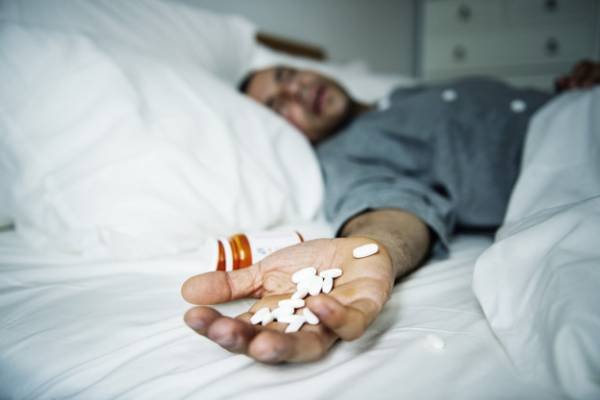
Physical Changes After Death
Stages of Body Decomposition After Death
Approximately Three Hours After Death:
Chemical changes within body cells cause all muscles to contract, known as rigor mortis. The first muscles affected will be the eyelids, jaw, and neck. In the following hours, rigor mortis will spread to the face, lower chest, abdomen, arms, and legs, eventually reaching the fingers and toes.
Interestingly, the old practice of placing coins on a deceased person’s eyelids may stem from the desire to keep their eyes closed since rigor mortis affects them sooner. This is also somewhat unusual for children and infants due to their smaller, less developed muscles.
7 to 12 Hours After Death:
Maximum muscle stiffness occurs around 12 hours after death due to rigor mortis, although this is influenced by age, physical condition, gender, temperature, and other factors. At this stage, moving the limbs of the corpse becomes difficult. Knees and elbows may bend slightly, and fingers or toes may appear unusually crooked.
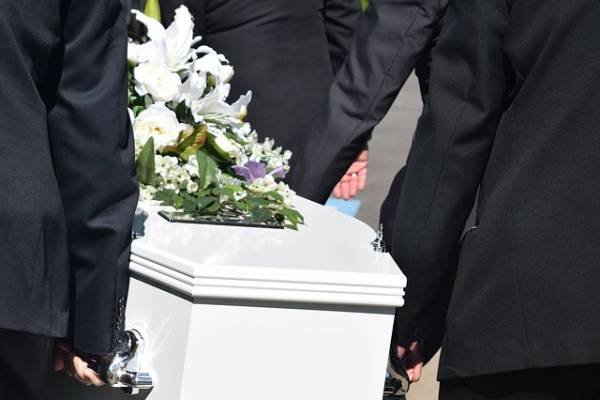
What Happens to the Body After Death and Burial?
What Happens to the Body After Death?
12 Hours or More After Death:
After reaching maximum rigor mortis, muscles begin to relax again due to ongoing chemical changes within the cells and the internal breakdown of tissues. This process, known as cadaveric relaxation, occurs over a period of one to three days and is influenced by external conditions like temperature. (Cooler temperatures slow this process). During the second relaxation phase, the skin begins to wrinkle, creating the illusion that hair and nails are still growing. Rigor mortis will then progress in reverse order – moving from the fingers and toes back toward the body – over a period of 48 hours. Once the second relaxation phase is complete, all muscles in the body will have relaxed again.
Summary:
From the moment of death, physical changes in the body begin to occur. Rigor mortis starts about three hours after death, reaching its peak around 12 hours afterward. After approximately 12 hours, the body relaxes again, just as it was upon death. Some people prefer not to think about the changes that occur in the body after death, while others wish to know. It’s a personal decision.
However, for those who want to know, we are learning that the physical changes leading up to death and afterward are not simply random decompositions. Our bodies are actually designed to shut down and die in a pre-programmed way.
Body’s Program for Death and Beyond
7 Other Things That Happen to Your Body After Death:
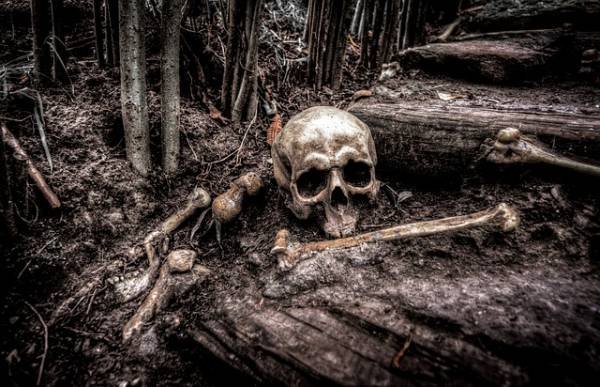
1. Your Hair and Nails Seem to Grow:
You may have heard that after death, your hair and nails continue to grow. This isn’t exactly true, but it’s close.
2. Your Body Can Take on a Soapy or Waxy Texture:
This doesn’t happen to everyone, but if your coffin or grave is porous, a mixture of alkaline soil and water can seep into the coffin, turning your fat into soap.
Changes in the Body After DeathBody Changes After Death3. You May Urinate or Defecate:
Listen, this isn’t pretty, but it’s true. When your bone marrow—the place that keeps you alive—stops functioning, and the part of your brain that controls your muscles ceases to work, all muscles relax.
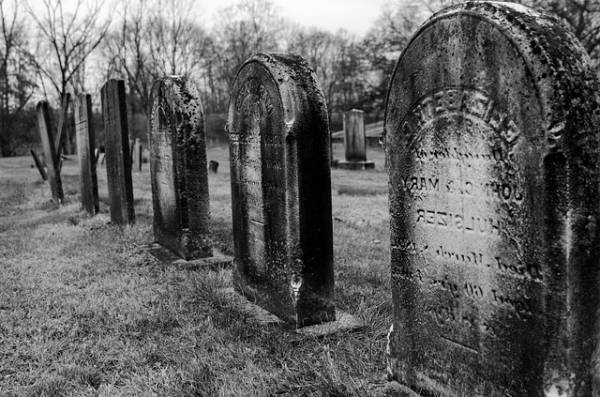
This means that if your bladder or bowels are full before death, they may empty afterward, resulting in excretion. It’s a little embarrassing to think about this happening before death, but it does happen.
4. Enzymes Begin to Digest Your Cells:
When your cells stop receiving oxygen, they gradually become more acidic, which happens within minutes after death. Shortly after this, enzymes come in to “digest” the cell membranes before leaking into the rest of the body, which, if you think about it, means there are no cell membranes left to hold the cells together. This is when decomposition truly begins.
Enzyme Activity After Death
Color Changes of the Corpse After Death
5. Your Body Turns Purple:
When you die, your blood is no longer pumped through your body. According to scientific warnings, since your blood can no longer circulate, your skin will take on a purple tint in certain areas. Like bruising, but broader and more pronounced, contrasting with the much paler skin in other regions.
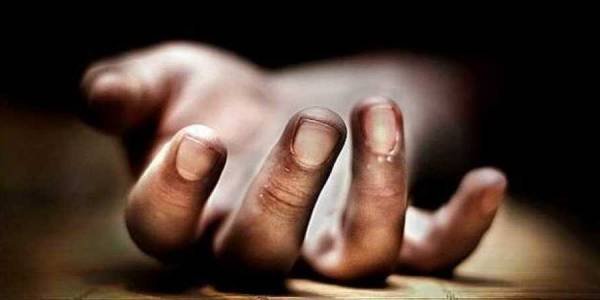
6. You Might Still Produce Sounds:
You might not think that after death, you can still produce sounds resembling groans, but you actually can.
7. Your Wrinkles Flatten Out:
The article above revealed that after death, the muscles of your forehead relax, meaning that the lines and wrinkles in your skin smooth out. This creates conditions similar to how
Botox
works on your face and happens relatively quickly after death.
Automated Botox for Wrinkles After Death
Overall, What Happens to the Body After Death? A Different Perspective:The brain function first rises and then stops.Your body temperature drops 1.6 °F each hour until it matches room temperature.
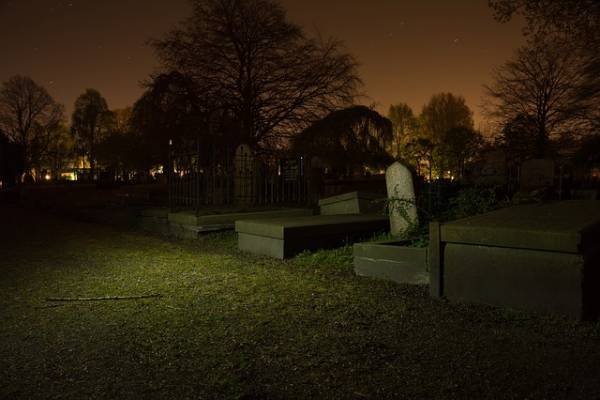
Your cells die slowly due to lack of oxygen and then break down and leak – this begins the decomposition process.
Calcium builds up in the muscles and eventually causes tension.
- This contraction, or “rigor mortis,” lasts about 36 hours.
- Finally, the muscles relax, which leads to your bowel movements.
- Gravity pulls blood down, causing pale skin to become mottled with red spots.
- Your skin wrinkles from dehydration, while your hair and nails appear to grow.
- You gradually emit a very unpleasant odor, due to the release of chemicals like putrescine/cadaverine in your body.
- Green spots appear on your body as enzymes in your organs begin digesting themselves, usually aided by bacteria.
- Bugs consume your remains.
- Larvae and worms can consume 60% of your body within a week.
- Your hair gradually starts falling out.
- Your body first turns purple and then black as bacteria continue digesting your remains.
- If your body remains at a temperature of 50 °F, it takes four months for all soft tissues to decompose, leaving only your skeleton.
- The Corpse After Burial
- What Happens After Burial?
- The Moment of Death
- What Death Is Like



